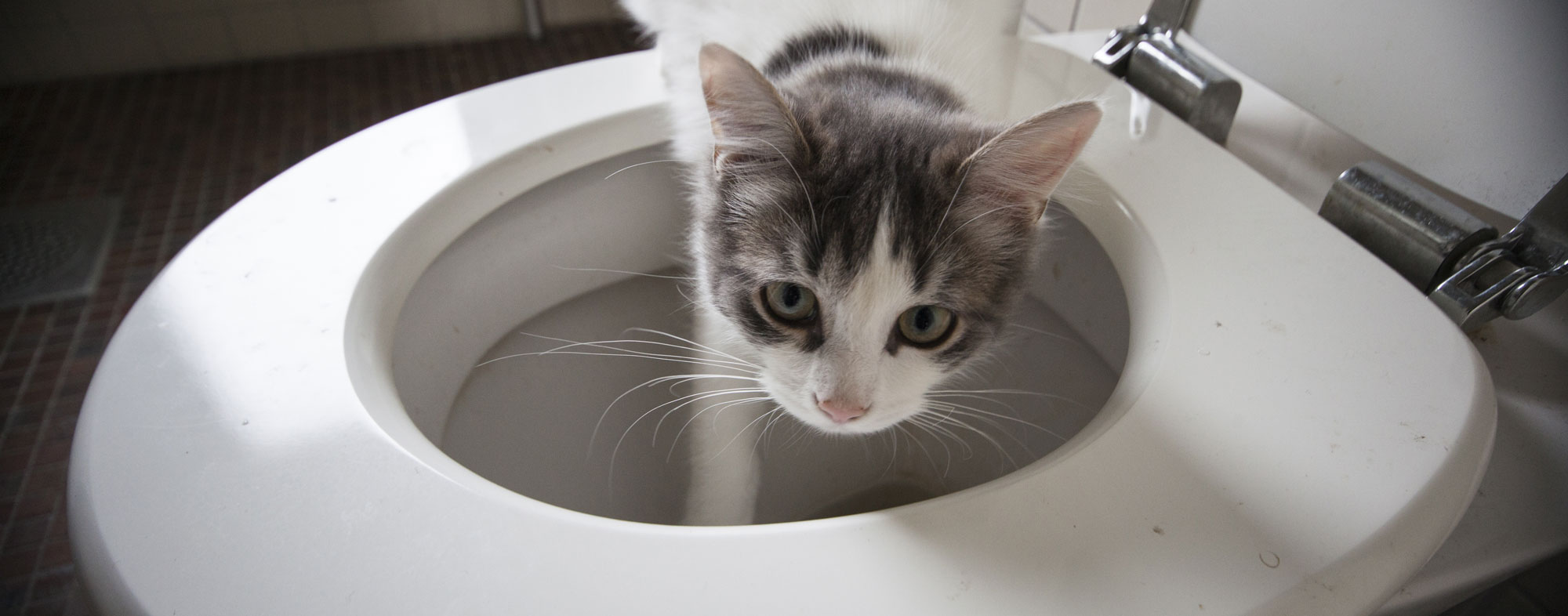Everyone will have their private perception in relation to How to Dispose of Cat Poop and Litter Without Plastic Bags.

Introduction
As cat owners, it's vital to be mindful of exactly how we take care of our feline pals' waste. While it might appear convenient to flush feline poop down the bathroom, this method can have destructive repercussions for both the atmosphere and human health and wellness.
Alternatives to Flushing
Thankfully, there are safer and much more liable methods to deal with pet cat poop. Think about the adhering to choices:
1. Scoop and Dispose in Trash
One of the most common method of taking care of cat poop is to scoop it into a naturally degradable bag and throw it in the trash. Make certain to utilize a specialized trash scoop and deal with the waste immediately.
2. Usage Biodegradable Litter
Opt for naturally degradable pet cat trash made from products such as corn or wheat. These clutters are eco-friendly and can be securely gotten rid of in the garbage.
3. Bury in the Yard
If you have a yard, consider hiding cat waste in a marked area away from vegetable yards and water resources. Be sure to dig deep sufficient to avoid contamination of groundwater.
4. Mount a Pet Waste Disposal System
Invest in a pet dog waste disposal system specifically made for cat waste. These systems make use of enzymes to break down the waste, lowering smell and environmental impact.
Health Risks
Along with ecological problems, purging pet cat waste can also present health and wellness risks to humans. Pet cat feces might have Toxoplasma gondii, a parasite that can cause toxoplasmosis-- a possibly serious ailment, especially for expecting women and individuals with damaged body immune systems.
Environmental Impact
Purging pet cat poop presents dangerous pathogens and parasites right into the water system, presenting a substantial danger to water ecosystems. These impurities can negatively affect aquatic life and compromise water quality.
Verdict
Liable pet ownership extends beyond providing food and shelter-- it additionally entails proper waste administration. By avoiding flushing cat poop down the toilet and opting for alternate disposal approaches, we can minimize our environmental impact and secure human wellness.
Why Can’t I Flush Cat Poop?
It Spreads a Parasite
Cats are frequently infected with a parasite called toxoplasma gondii. The parasite causes an infection called toxoplasmosis. It is usually harmless to cats. The parasite only uses cat poop as a host for its eggs. Otherwise, the cat’s immune system usually keeps the infection at low enough levels to maintain its own health. But it does not stop the develop of eggs. These eggs are tiny and surprisingly tough. They may survive for a year before they begin to grow. But that’s the problem.
Our wastewater system is not designed to deal with toxoplasmosis eggs. Instead, most eggs will flush from your toilet into sewers and wastewater management plants. After the sewage is treated for many other harmful things in it, it is typically released into local rivers, lakes, or oceans. Here, the toxoplasmosis eggs can find new hosts, including starfish, crabs, otters, and many other wildlife. For many, this is a significant risk to their health. Toxoplasmosis can also end up infecting water sources that are important for agriculture, which means our deer, pigs, and sheep can get infected too.
Is There Risk to Humans?
There can be a risk to human life from flushing cat poop down the toilet. If you do so, the parasites from your cat’s poop can end up in shellfish, game animals, or livestock. If this meat is then served raw or undercooked, the people who eat it can get sick.
In fact, according to the CDC, 40 million people in the United States are infected with toxoplasma gondii. They get it from exposure to infected seafood, or from some kind of cat poop contamination, like drinking from a stream that is contaminated or touching anything that has come into contact with cat poop. That includes just cleaning a cat litter box.
Most people who get infected with these parasites will not develop any symptoms. However, for pregnant women or for those with compromised immune systems, the parasite can cause severe health problems.
How to Handle Cat Poop
The best way to handle cat poop is actually to clean the box more often. The eggs that the parasite sheds will not become active until one to five days after the cat poops. That means that if you clean daily, you’re much less likely to come into direct contact with infectious eggs.
That said, always dispose of cat poop in the garbage and not down the toilet. Wash your hands before and after you clean the litter box, and bring the bag of poop right outside to your garbage bins.
https://trenchlesssolutionsusa.com/why-cant-i-flush-cat-poop/

I ran across that piece of writing on Can You Flush Cat Poo or Litter Down the Toilet? when scouting around the web. Those who appreciated our blog posting plz do not forget to share it. I take joy in reading our article about Can You Flush Cat Poo or Litter Down the Toilet?.
Get Offer
Comments on “Prevent Plumbing Problems: Don't Flush Cat Poop Down Your Toilet - Expert Guidance”